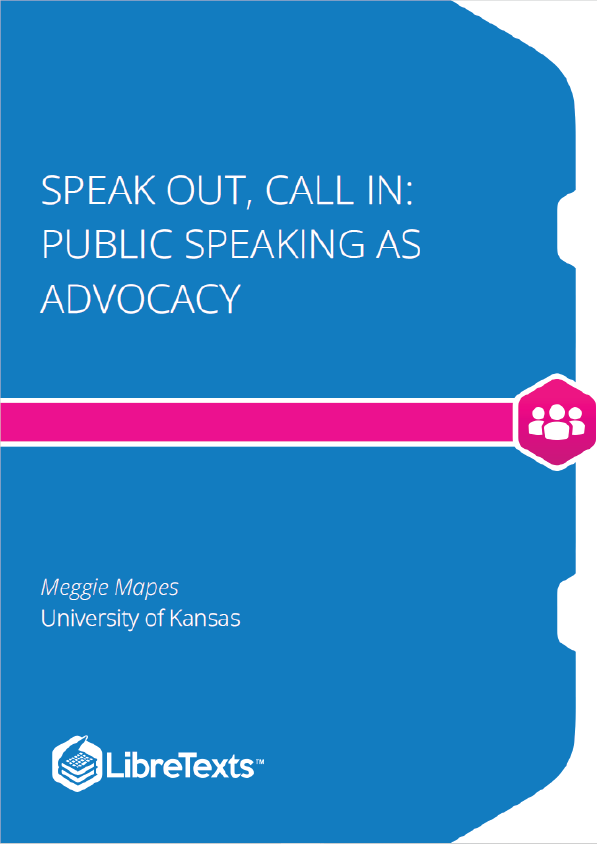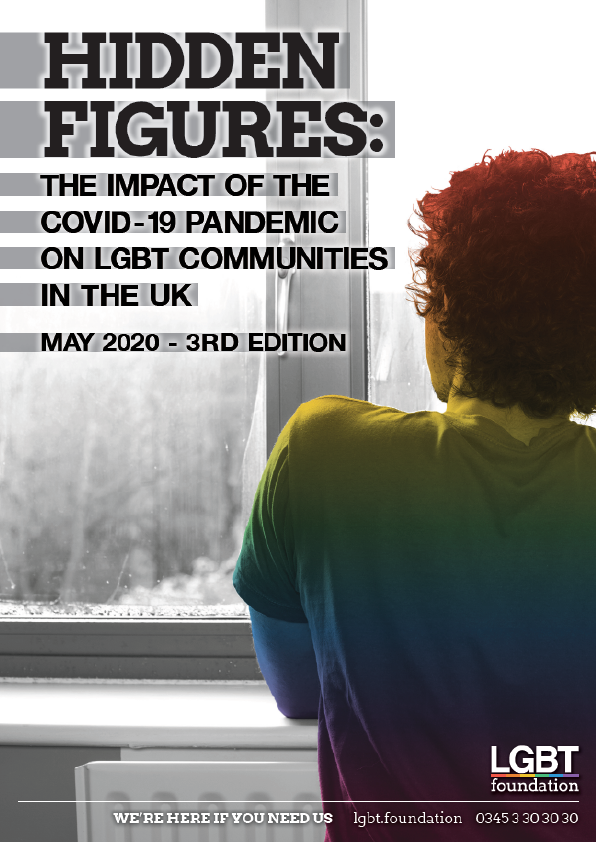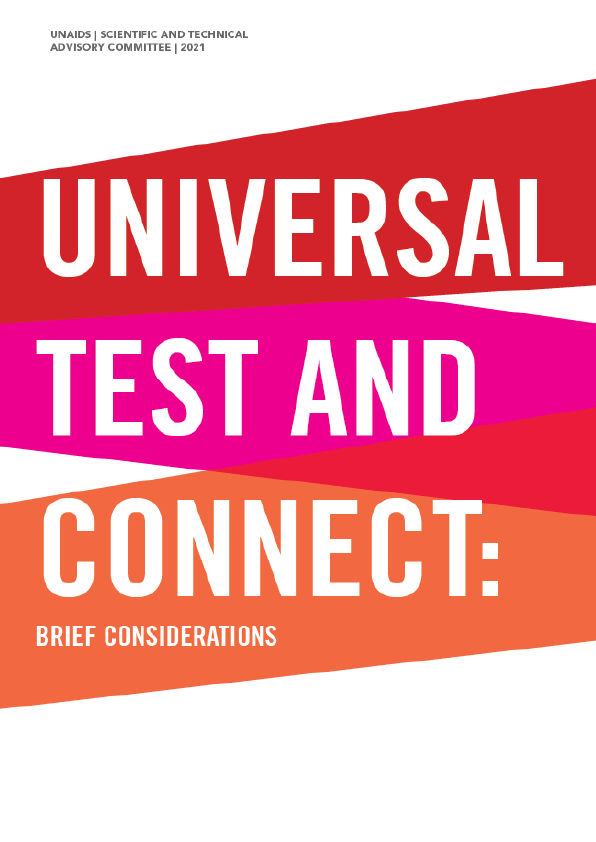Speak Out, Call In: Public Speaking as Advocacy is a contemporary, interdisciplinary public speaking textbook that fuses rhetoric, critical/cultural studies, and performance to offer an up-to-date resource for students. With a focus on advocacy, this textbook invites students to consider public speaking as a political, purposeful form of information-sharing.
Public Speaking As Advocacy
- Define public speaking
- Outline public speaking as a form of advocacy
- Introduction to communication as constitutive, cultural, and contextual
- Define communication apprehension and note strategies to manage anxiety before speaking
Imagine your favorite public speaker. When Meggie (one of your authors) imagines a memorable speaker, she often thinks of her high school English teacher, Mrs. Permeswaran. You may be skeptical of her choice, but Mrs. Permeswaran captured the students’ attention daily. How? By providing information through stories and examples that felt relatable, reasonable, and relevant. Even with a room of students, Meggie often felt that the English teacher was just talking to her. Students worked hard, too, to listen, using note-taking and subtle nods (or confused eyebrows) to communicate that they cared about what was being said.
Now imagine your favorite public speaker. Who comes to mind? A famous comedian like Jen Kirkman? An ac Laverne Cox speaking at the Missouri Theatre tivist like Laverne Cox? Perhaps you picture Barack Obama. What makes them memorable for you? Were they funny? Relatable? Dynamic? Confident? Try to think beyond what they said to how they made you feel. What they said certainly matters, but we are often less inclined to remember the what without a powerful how— how they delivered their message; how their performance implicated us or called us in; how they made us feel or how they asked us to think or act differently.
In this chapter, we provide an introduction to public speaking by exploring what it is and why it’s impactful as a communication process. Specifically, we invite you to consider public speaking as a type of advocacy. When you select information to share with others, you are advocating for the necessity of that information to be heard. You are calling on the audience and calling them in to listen to your perspective. Even the English teacher above was advocating that sentence structure and proper writing were important ideas to integrate. She was a trusted speaker, too, given her credibility.
Before we continue our conversation around advocacy, let’s first start with a brief definition of public speaking.
What’s Public Speaking?
In the opening section of this chapter, we asked that you imagine your favorite public speaker, but what qualifies? How do we know when public speaking is happening? This section will briefly define public speaking to provide some working terminology and background information.











